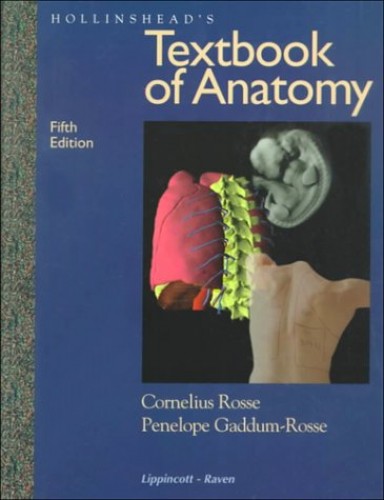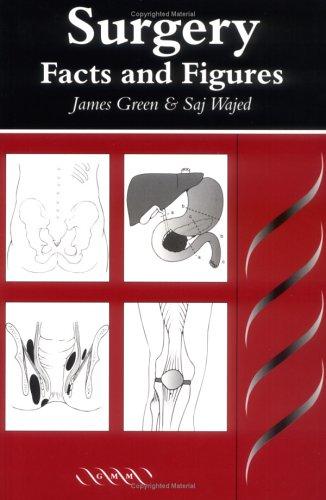The world caters little to the generalist any more. But, in some ways, this is more advantage than stumbling block. If you have a generalist mindset, while remaining focused and not allow yourself to get waylaid, the rewards are great and help you stand out.
An apt critique of western medicine is its overly reductive, narrow approach. This peculiar characteristic reflects the times in which we live and paradigmatic thought structures that dominate modern epistemes. While the episteme lends itself to great advances, to technological breakthrough, it lends itself equally to great, often inexcusable, oversight at the loss of a holistic approach. Better to start with a holistic approach and attain focus from there, never losing site of the whole patient. Better to make steady advance, according to first principles, than provoke great breakthroughs which, on later reflection and more sober examination, fail to bear up to scrutiny. The former is more consistent with an eastern, holistic, mindset; at least partly function of resisting the temptation to jettison God from all consideration, unlike the outrageous western transhumanist agenda.
A simplification to be sure: it is not merely a case of east and west but making a distinction is prudent. And don’t get me started on the one-size-fits-all franchise business models which like to manipulate people into clone-like behaviour. Or the other bane of modern existence: an over-reliance on machinery and consequent noise pollution. It is time, nevertheless, for the west to take a leaf from the eastern playbook and temper advances through paradigms of holistic awareness and spiritual discernment.
The key to learning is the level of detail—enough, but not too much—different for different people. The desire is to always maintain a pragmatic approach. Knowledge itself is not power, but a pragmatic knowledge (wisdom) certainly helps. Regardless, life is less about power than to remain purposeful and productive; to live and let live. To that end, a dozen books make for a good medical library; all that is needed to conceptualise and reference most conditions and circumstances. After all, the doctor is called to be good; not necessarily excellent, but always good.
Supplement the medical library below with Toxicology Handbook, Textbook of Medical Oncology, and Rodak’s Haematology . This library is not geared to those who wish simply to pass exams but for those doctors who like to work from first principles; especially early in training, who do not skimp on anatomy, physiology, and pathology texts. That said, exigencies of thrift and clearing examination hurdles suggest choosing Ganong, a remarkably efficient text of human physiology. If you envisage yourself in internal medicine specialist training, then opt for Guyton.
Clinical Dermatology. An Illustrated Textbook. 4th Edn, revised. RONA M MacKIE. Oxford University Press (1996) [ISBN10: 0192627635] [ISBN13: 9780192627636].
Kumar and Clark’s Clinical Medicine 8th edition. Elsevier Health Sciences (2012) [ISBN: 9780702044991] [ISBN-10: 0702044997]
Lecture Notes: General Surgery, 13th Edition. Harold Ellis, Sir Roy Calne, Christopher WatsonJanuary 2016, ©2016, Wiley-Blackwell
Surgical Texts
Clinical Surgery in General, 4e (MRCS Study Guides) 4th Edition. Churchill Livingstone (2003). [ISBN-13: 978-0443072628] [ISBN-10: 0443072620]
An excellent introduction, Hollinshead’s Textbook of Anatomy (5th Edition).

Last’s Anatomy, 12th Edition: Regional and Applied. Sinnatamby. (2011) [ISBN: 9780702033957]
Apart from improved graphics, appreciation of human anatomy has changed little; so why not pick up a copy of Last’s Anatomy – Revised Reprint, 9th Edition (edited by R.M.H. McMinn) for under AUD200 (you can get a Gray’s for that amount, but may find it a bridge too far so soon in your adventure). Last’s (especially McMinn’s edition, the 9th) is the right anatomy text for the basic surgical trainee, offering requisite detail without being Gray’s; to which you can refer if and where needed.
Recommended for Basic Surgical Trainees, Last’s remains invaluable to anyone who performs regular procedures. Both come highly recommended, and the decision which to choose comes down to need, resources, time. Also recommended for Basic Trainees is Surgery: Facts and Figures, by James Green and Saj Wajed.

Guyton and Hall Textbook of Medical Physiology, 13th Edition. Elsevier – Health Sciences Division (2015) [ISBN: 9781455770052] [ISBN-10: 1455770051] or Ganong’s Review of Medical Physiology, 25th Edition. (2015) [ISBN: 9780071825108] [ISBN-10: 007182510X]
Guyton is nice, but Ganong suffices in its efficiency. Ganong is narrow and need-to-know, Guyton offers further conceptualisation. A preference for narrative means missing the reflective space of a larger text like Guyton, when reading Ganong.
Gynaecology Illustrated, 6th Edition revised (2011) [ISBN: 9780702030673]
[ISBN-10: 0702030678]
The Illustrated Textbook of Gynaecology is a book to go back to time and again. It remarkably reflects both manual and reference text in one and with images that nicely reflect the pathology..
House Officer and Beyond
- Murtagh’s General Practice: 7th Edition
- Oxford Handbook of General Practice: 4th Edition
- An Introduction to Clinical Emergency Medicine: 2nd Edition
- Tintinalli’s Emergency Medicine Manual: 8th Edition
- Rosen and Barkin’s 5-Minute Emergency Medicine Consult: 5th Edition
- Roberts & Hedges’ Clinical Procedures in Emergency Medicine: 7th Edition
- Electrocardiography in Emergency Medicine
- The Pediatric Emergency Medicine Resource: 5th Edition
- Simon’s Emergency Orthopedics: 7th Edition
Finally, perhaps even more important than which texts are in your library is to make the most of the ones that have already made it onto your bookshelf. Read them. Then read them again.



